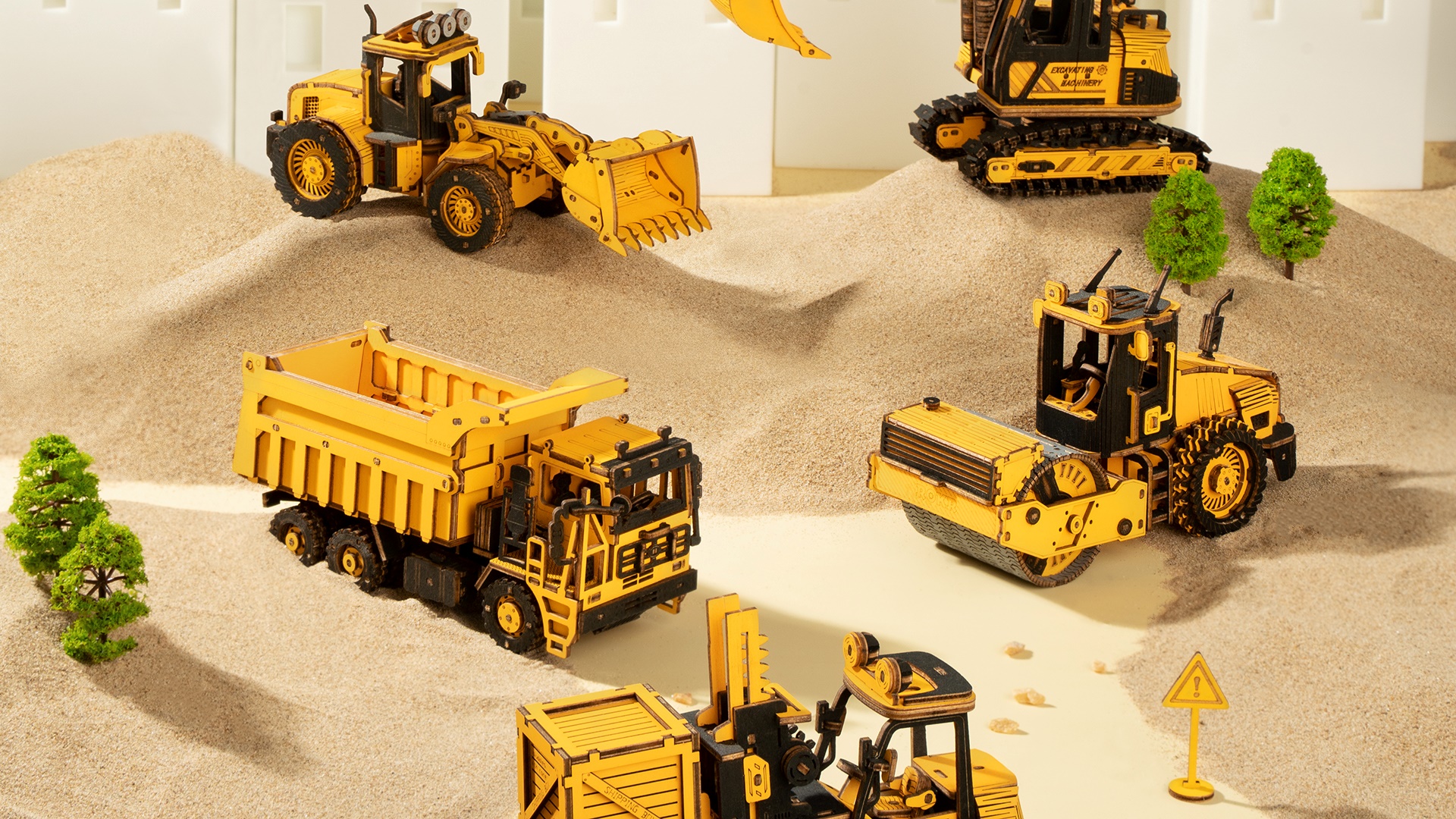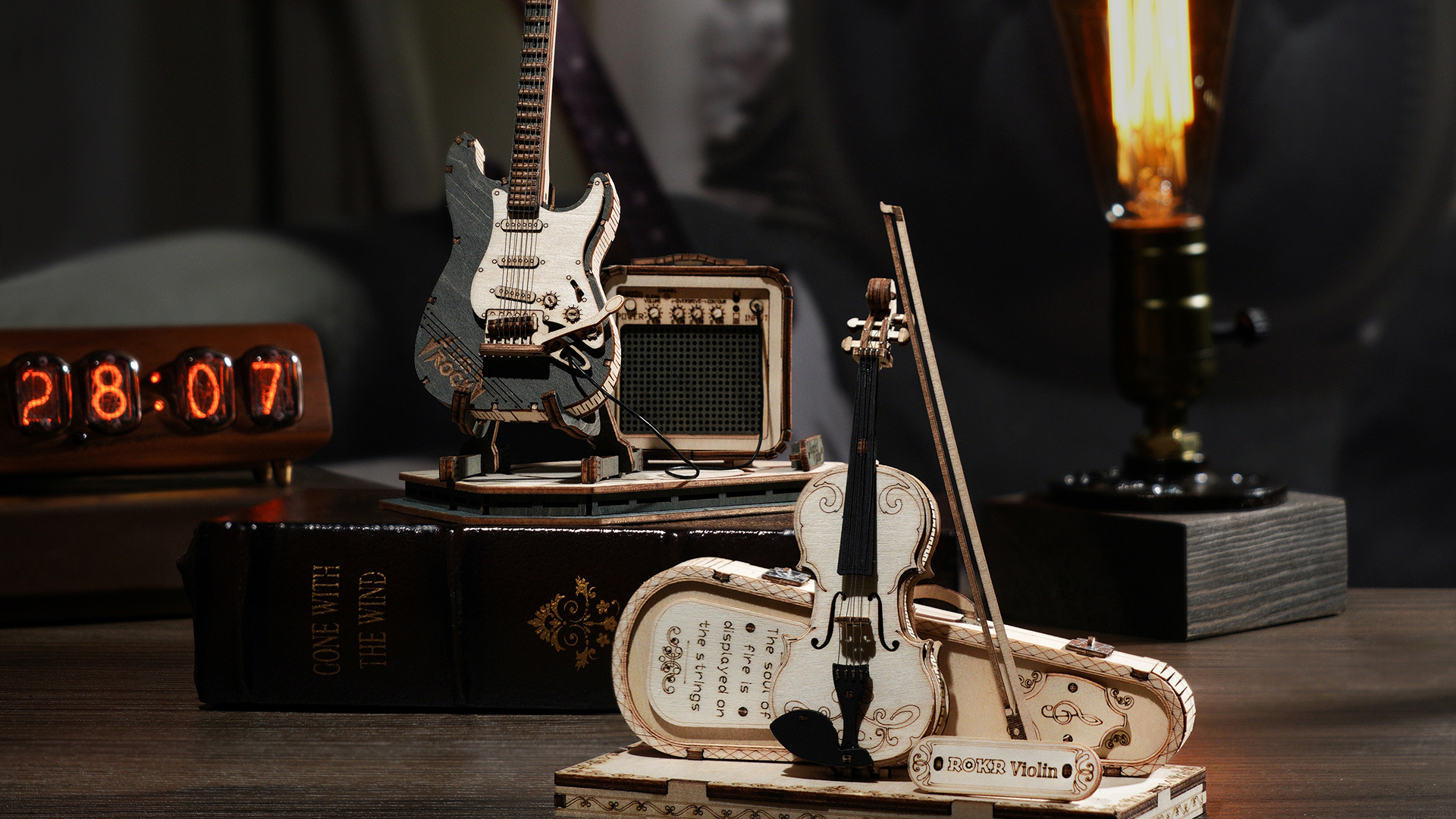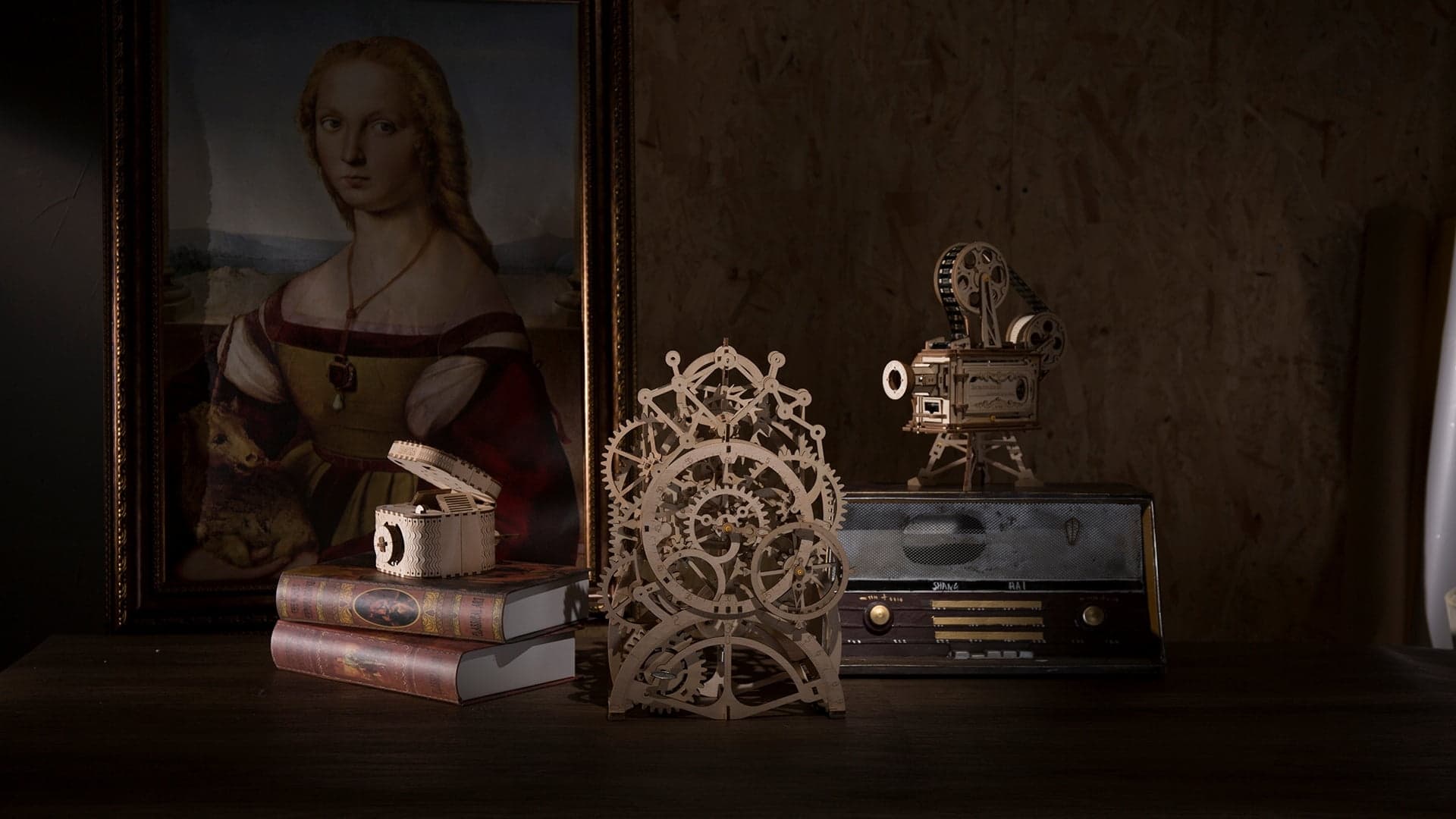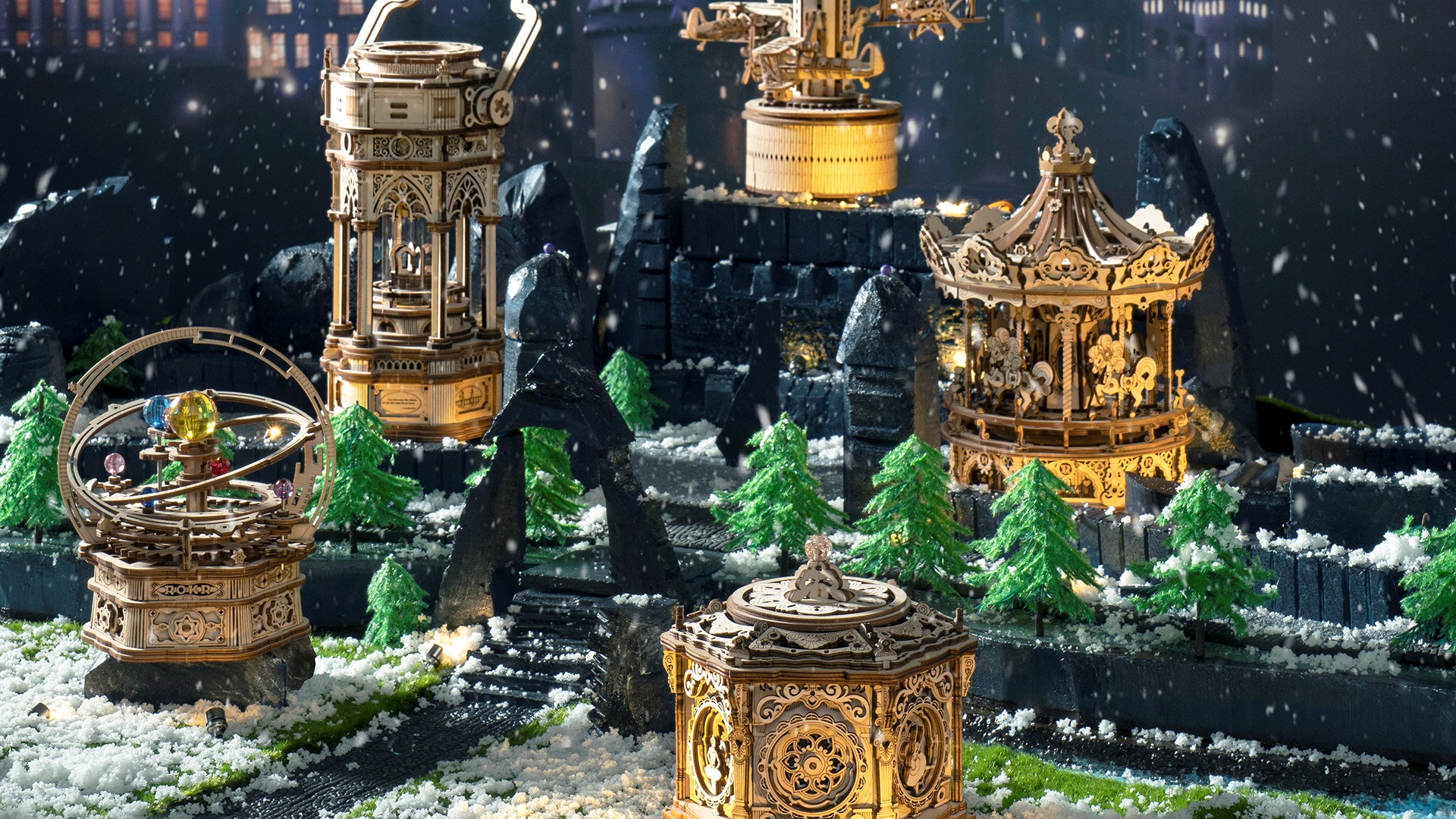In the realm of woodworking, the art of joining wood has evolved over centuries, with various techniques emerging from different cultures. One such technique, the Chinese Mortise and Tenon Joinery, has stood the test of time and continues to find relevance even in modern applications like assembly toys. This ancient technique not only boasts a rich history but also offers numerous advantages that make it a preferred choice for crafting durable, aesthetically pleasing, and easy-to-assemble toys. All of ROKR’s 3D wooden puzzles have adopted this joinery which makes it become a successful toy brand.
Advantages of mortise and tenon joinery
Chinese Mortise and Tenon Joinery involves creating a hole (mortise) in one piece of wood and a protruding piece (tenon) on another, which fits snugly into the hole. This jointing technique has been an integral part of traditional Chinese architecture, known for its stability, durability, and ability to withstand the test of time.
Ease of assembly
While Chinese Mortise and Tenon Joinery may seem intricate, it is surprisingly easy to assemble, even for novices. The design of the joints inherently guides proper alignment, minimizing the chances of misassembly. This ease of assembly is particularly advantageous for assembly toys, as it ensures that young children can engage in the activity without becoming frustrated by complex or difficult-to-understand connections.
High-precision laser-cutting
To ensure the perfect joinery of the wooden pieces, ROKR has adopted laser cutting. The process error is controlled within 5um, which is equivalent to 1/20 hair diameter, and thus each bayonet could fit tightly.
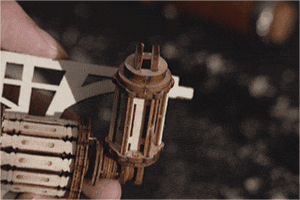
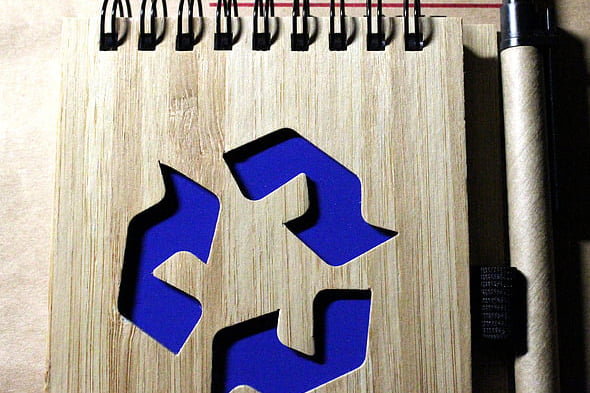
Strength and durability
One of the most notable advantages of Chinese Mortise and Tenon Joinery is its exceptional strength. The interlocking nature of the joint distributes weight and stress evenly, making it ideal for assembly toys that may undergo rigorous play. This ensures that the toys can endure the wear and tear associated with enthusiastic children.
Environmental compatibility
The use of Chinese Mortise and Tenon Joinery in assembly toys promotes sustainability. This technique relies on precision cuts and interlocking pieces without the need for glues, nails, or other synthetic adhesives. As a result, the toys are less likely to contain harmful chemicals and can be easily disassembled, repurposed, or recycled.
Aesthetic appeal
The seamless nature of the joint created by mortise and tenon joinery leaves no gaps or cracks between the interconnected pieces. This lack of visible joints enhances the aesthetic appeal of assembly toys, giving them a polished and refined look. The absence of unsightly gaps elevates the overall quality of the finished product, making it more visually appealing to both children and adults.
Education and skill development
Incorporating assembly toys based on mortise and tenon joinery offers an opportunity for children to learn about traditional woodworking techniques while having fun. This exposure to a practical skill can foster an appreciation for craftsmanship and inspire future interests in woodworking or design.
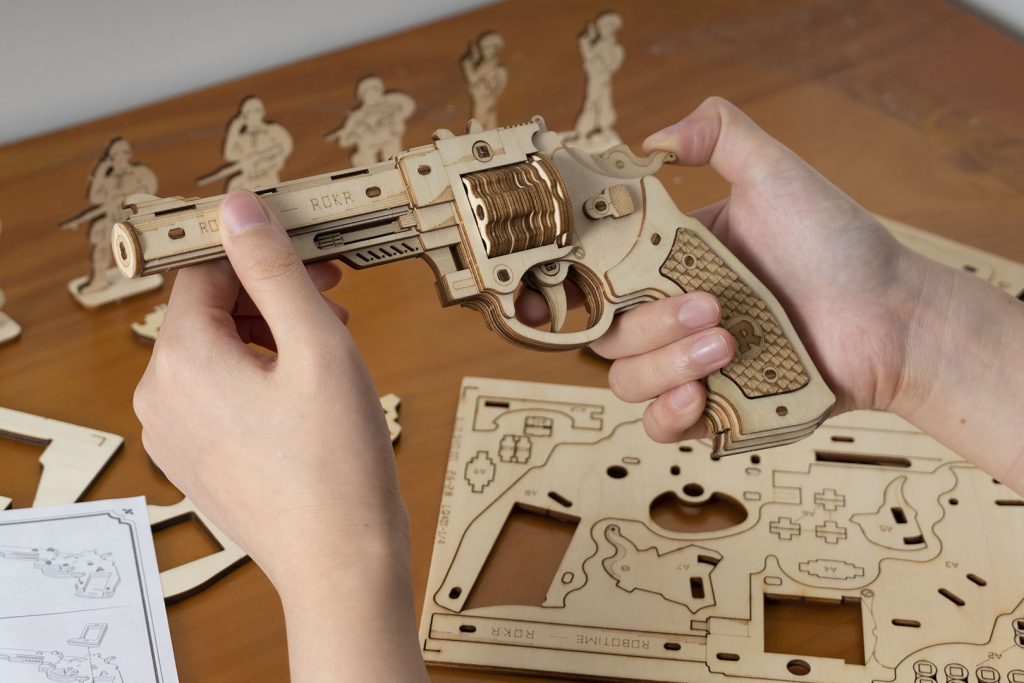
In summary, Chinese Mortise and Tenon Joinery, showcased in ROKR’s 3D wooden puzzles, blends ancient craftsmanship with modern innovation. Offering durability, precision, and ease of assembly, these toys boast sustainability and aesthetic appeal. ROKR’s commitment to high-precision laser cutting ensures perfect joints, while the absence of synthetic adhesives promotes environmental compatibility. Beyond play, these toys educate children on traditional woodworking, fostering a love for craftsmanship. Through this fusion of ancient techniques and contemporary manufacturing, ROKR emerges as a leading toy brand, delivering both fun and functionality in meticulously crafted products.
ROKR 3D Wooden Puzzles
